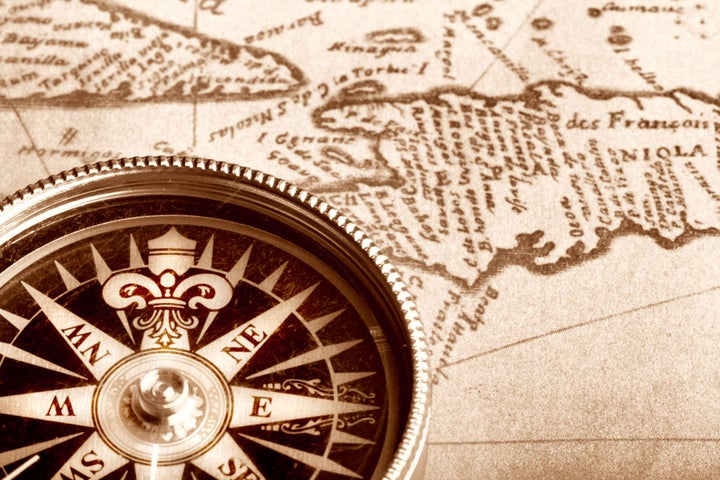
If Latinos don't understand the roots of their culture, how can they preserve it? Although the explanation might sound a bit more academic at times, that concern is driving scholars at the Dominican Studies Institute of the City College of New York to develop new digital technology for studying Spanish writings from the Americas' colonial era.
Their prototype is called the Spanish Paleography Digital Teaching and Learning Tool.
"It is a tool that will revolutionize the history and contribute to the strengthening of Hispanic cultural identity in the United States," said Ramona Hernandez, director of the institute. She said the online program will facilitate the study of four centuries of written Spanish, beginning with the arrival of Christopher Columbus in the New World and continuing through the formation of Hispanic society and "the founding of the countries we know as the Americas."
It may sound a bit dusty, but, Hernandez argued, "a people which doesn't know why it is like it is or ignores its traditions or the way it was created, when it integrates into a larger society with a different culture, like the United States, risks being unappreciated."
Anthony Stevens-Acevedo, founder and assistant director of the institute, is also its expert in Spanish paleography and serves as lead investigator in its Dominican colonial research. He developed the online program, with collaboration on the initial concept from paleography and digital tech specialists at the CUNY Graduate Center and the Hispanic Society of America.
With the new digital technology, he said, individuals can upload images of documents in Old World Spanish, piece them together, and navigate from one to another -- all of which will help in teaching people to read these writings.
"An average person would likely understand just a few words in these manuscripts, but in general they would have great difficulty because the way letters were formed was very different," said Stevens-Acevedo.
He explained that in colonial times, at least three different writing styles were used: the "courtier [or letter of the court], the humanistic and the procedural, which later evolved into another denomination known as chained procedural." In order to write faster, he said, the scribes of that age "would join words together. Looking at a document written that way, one would just see a row of letters that run together, but in reality, these are words written without lifting the pen from the paper."
That's why "special training is needed to fully decipher the writing, not to mention that the vocabulary has since evolved," said Stevens-Acevedo. "Many of the words remain the same, but the meaning of others has changed, and many others are rarely used nowadays."
What does he hope to accomplish with this paleography program? "The ultimate goal is to provide resources to democratize, so to speak, the possibility of training people in this literary style by way of an online system connected with museums and libraries that apply the digital technology toward the study of manuscripts written in Spanish," he said. "Once you know how to decipher the documents, you can understand the contents and, consequently, the ideas, concepts and thoughts."
For Hernandez, studying Old World Spanish will give people today a better understanding of how people then "perceived the New World, how they thought, what institutions they created and how they communicated back then."
Spanish is the second-most widely spoken language in the United States. According to the 2010 Census, there are 50,477,594 Hispanics in the U.S., or 16.3 percent of the population. According to 2009 data, about 35,468,501 of them speak Spanish at home, equivalent to 12.4 percent of the population; the other 15 million speak Spanish as a second language or speak only English.
Reflecting on the wide presence of the Spanish language in the United States and her institute's digital project, Hernandez said, "Studying a Spanish-speaking population with Hispanic-Latino origin, whose demographic multiplies rapidly, leads us to observe not only its history, culture and traditions, but also the language that conveys its worldview."
The institute wants to increase understanding of "historic events during the 15th, 16th and 17th centuries," Hernandez continued. "Those early years are important because they gave rise to the New World. What Columbus and his explorers discovered happened in what today is the Dominican Republic. All sorts of Spanish words, images and writings that reflect the perception of the New World started from there."
"Slavery and slave resistance began in Hispaniola, the name explorers gave the island that now comprises the Dominican Republic and Haiti. We want to unravel these things. ... That page in history did not begin in the United States, but there," said Hernandez, who is of Dominican heritage herself.
According to Stevens-Acevedo, "the risk we run is that future generations forget about the past and their ethnicity and could easily fall into a situation where, perhaps, the true value of their culture is questioned." With this paleographic tool, the CUNY institute seeks to foster a richer understanding of Hispanic history.